As a devoted ferret owner, you understand that these playful, curious creatures are more than just pets—they are members of the family. Ensuring their health and happiness is paramount, and nothing is more critical to their well-being than proper nutrition. Unlike cats or dogs, ferrets have highly specific and unique dietary needs driven by their physiology as obligate carnivores. A deep dive into the science of ferret metabolism reveals why a one-size-fits-all pet food approach is a recipe for disaster and why selecting a truly species-appropriate diet is the single most important decision you will make for your fuzzy companion.
The core of a ferret's biological design is a digestive system built for speed and efficiency in processing meat. They possess a remarkably short gastrointestinal tract, with food passing through in just three to four hours. This rapid transit time is excellent for a diet of fresh, whole prey but presents a significant challenge when it comes to digesting complex carbohydrates and plant-based materials. Their bodies simply lack the necessary enzymes and gut flora to break down these substances effectively. This physiological reality dictates every aspect of their nutritional requirements, making a diet exceptionally high in animal-based protein and fat not just ideal, but absolutely essential for survival.
When examining the macronutrient profile of an ideal ferret diet, protein is the undisputed king. However, not all protein is created equal. The protein must be of high biological value, meaning it is derived from animal sources like chicken, lamb, beef, or eggs. Plant-based proteins from corn, wheat, or soy are poorly utilized, place undue stress on the kidneys, and fail to provide the complete amino acid profile a ferret needs. Taurine, an essential amino acid found abundantly in muscle meat and organs, is critical for maintaining proper heart function, vision, and reproductive health. A deficiency can lead to dilated cardiomyopathy and blindness.
Fat is the second crucial pillar of ferret nutrition, serving as their primary source of energy. Diets should be rich in high-quality animal fats to provide a concentrated caloric source and supply essential fatty acids. A lack of sufficient dietary fat forces the ferret's body to inefficiently convert excess protein into energy, a process that can be metabolically stressful over the long term. The right balance of protein and fat is therefore key; many experts and seasoned ferret owners advocate for a ratio where fat provides the majority of the calories, with protein levels being very high but slightly lower than the fat content on a dry matter basis.
Conversely, carbohydrates are the nutrient group that ferrets have virtually no use for. In the wild, their carbohydrate intake would be negligible, coming only from the partially digested stomach contents of their prey. In a domestic setting, high-carbohydrate kibbles made with grains, potatoes, or legumes can wreak havoc on a ferret's health. These ingredients can cause dangerous spikes in blood glucose, promote insulinoma—a common and devastating pancreatic cancer—and contribute to obesity. Furthermore, the fermentation of undigested carbs in the gut can lead to imbalances in healthy gut bacteria, making the animal more susceptible to diseases like Epizootic Catarrhal Enteritis (ECE).
Armed with this knowledge, the task of selecting a commercial food becomes both easier and more daunting. The pet food aisle is overflowing with options, but very few are formulated with the ferret's unique obligate carnivore needs as the top priority. The first and most important step is to become a master of the ingredient panel and guaranteed analysis. Ignore the marketing on the front of the bag; the truth is in the fine print on the back or side. The first three ingredients listed are the most abundant, and they must be specific, named animal products. Look for "deboned chicken," "chicken meal," "lamb liver," or "duck fat." Vague terms like "poultry by-product meal" or "animal digest" are red flags indicating lower-quality, inconsistent sources.
The guaranteed analysis provides the crude percentages, but these numbers include moisture, making direct comparison between kibbles of different moisture levels misleading. To accurately compare protein and fat levels between different foods, you must convert them to a dry matter basis. This involves a simple calculation: subtract the moisture percentage from 100 to get the dry matter content, then divide the nutrient percentage by that dry matter content and multiply by 100. For example, a kibble with 10% moisture, 40% protein, and 20% fat has a dry matter content of 90%. Its dry matter protein is (40/90)*100 = 44.4%, and its dry matter fat is (20/90)*100 = 22.2%. Aim for a diet where the dry matter protein is at least 35-40% and dry matter fat is 18-22% or higher.
Beyond macronutrients, the ash content is a rarely discussed but vital metric. Ash represents the total mineral content left after the food is burned away, primarily calcium and phosphorus from bones. While necessary, excessively high ash levels can contribute to urinary tract issues, including crystals and blockages, especially in males. Premium foods will often list a maximum ash percentage, and keeping this number on the lower side is generally beneficial for long-term urinary health.
Perhaps the most significant debate in the modern ferret community revolves around the choice between high-quality kibble and a whole-prey or raw diet. Kibble offers undeniable convenience and is shelf-stable, but even the best formulas are processed at high heat, which can degrade some nutrients. The movement toward raw feeding, which aims to mimic a ferret's natural diet, is gaining traction. This can involve feeding whole prey like mice or chicks, or preparing a balanced "frankenprey" model using chunks of muscle meat, organs, and edible bone. Proponents argue it leads to superior health: glossier coats, higher energy levels, reduced odor, and a lower incidence of common kibble-fed ailments like insulinoma.
However, transitioning to a raw diet is not a decision to be taken lightly. It requires extensive research to ensure the diet is balanced for calcium and phosphorus and provides all necessary vitamins and minerals. There is also a risk of bacterial contamination like Salmonella or E. coli, which necessitates strict hygiene practices. For many owners, a hybrid approach or sticking with a top-tier kibble is a more practical and safe choice. If opting for kibble, some owners choose to supplement with small amounts of freeze-dried raw treats, whole eggs, or ferret-safe oils like salmon oil to provide some benefits of raw feeding without the full commitment.
Ultimately, understanding your ferret's essential nutritional needs transforms you from a mere owner into an empowered advocate. It shifts the focus from simply filling a bowl to consciously curating a diet that supports every aspect of their vibrant, mischievous lives. By prioritizing animal-based protein and fat, rigorously avoiding fillers and carbohydrates, and critically evaluating every commercial option, you lay the foundation for a long, healthy, and joyful life with your ferret. Their boundless energy, sleek physique, and overall vitality will be the ultimate reward for your diligent care and informed choices.
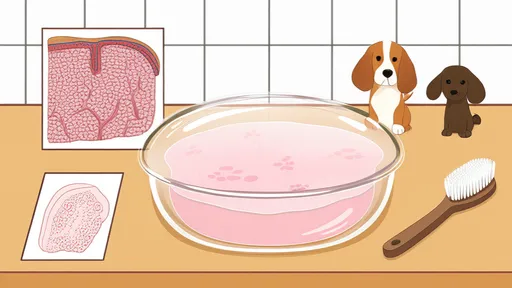
By /Aug 20, 2025

By /Aug 20, 2025

By /Aug 20, 2025
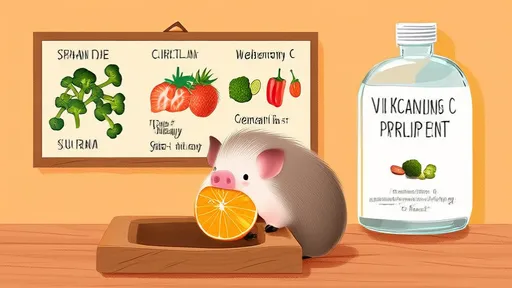
By /Aug 20, 2025

By /Aug 20, 2025

By /Aug 20, 2025

By /Aug 20, 2025
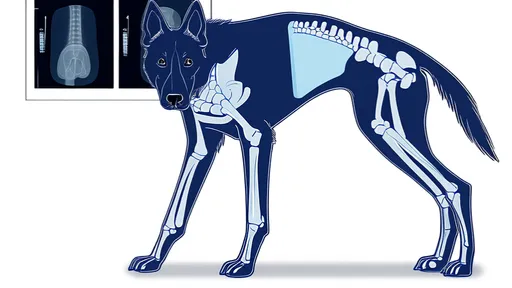
By /Aug 20, 2025

By /Aug 20, 2025
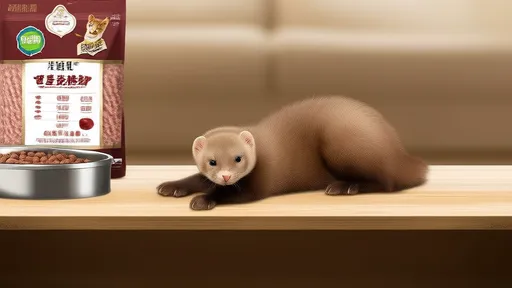
By /Aug 20, 2025

By /Aug 20, 2025

By /Aug 20, 2025

By /Aug 20, 2025

By /Aug 20, 2025

By /Aug 20, 2025
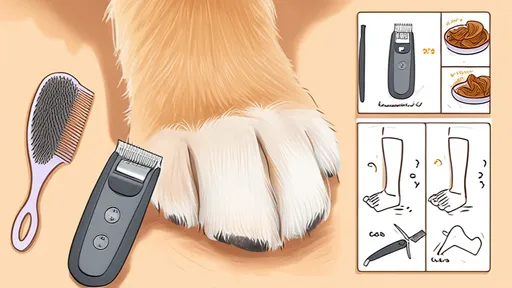
By /Aug 20, 2025

By /Aug 20, 2025

By /Aug 20, 2025

By /Aug 20, 2025

By /Aug 20, 2025